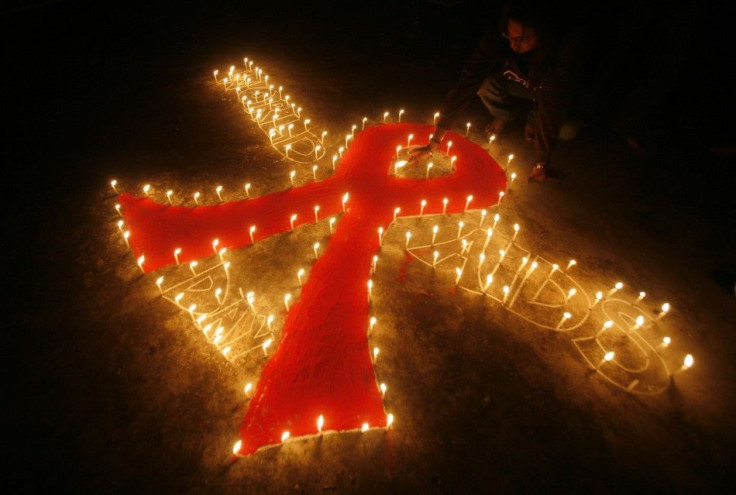HIV-Positive Children in Asia Grow Resistance to AIDS Drugs

HIV-infected children in Asian countries are becoming resistant to AIDS drugs, a study of 4,000 patients under the age of 23 in Asia has revealed.
Children as young as five had been found resistant to AIDS drugs, indicating an immediate requirement of improved and more expensive medicines for treating the incurable disease in the region, said the researchers at TREAT Asia on World's AIDS Day Dec. 1.
In our cohort, about 14 percent of the children have failed first-line drugs. Some of the children who are already on second-line are under the age of five, Annette Sohn, director of TREAT Asia and a pediatric specialist for children with HIV/AIDS, was quoted as saying by Reuters.
The human immunodeficiency virus (HIV), which causes AIDS, infects about 160,000 children in Asia, according to UNICEF. Of these, some 57,000 children require treatment but only 30,000 were receiving them as of the end of 2008, said the researchers.
Those being treated for HIV may have produced resistance to AIDS drugs due to infrequent intake of the drugs, or lack of drug formulations.
In the beginning of the HIV epidemic, due to lack of pediatric formulations in most of the Asian countries, HIV-positive children were given adult tablets, Sohn explained. He pointed out that such drugs were either unavailable or very expensive in developing countries that accounts for poor intake, and hence, resistance.
Improved drugs for AIDS are subsidized in rich and developed nations, he added.
Another finding of the study that covered Thailand, Vietnam, Malaysia, Cambodia, Indonesia and India confirmed that a high percentage of HIV-infected teenagers aged 15 and 16 were showing early signs of osteoporosis. They were found to have had low bone mineral density, which is not a normal condition.
Kids are not supposed to have low bone mass when they're 16 years old and that's because of the effect of HIV on their bodies, brain, bone, immune system. This may also be due to toxic effects that some AIDS drugs, such as tenofovir, have on bone, Sohn added.
© Copyright IBTimes 2024. All rights reserved.











